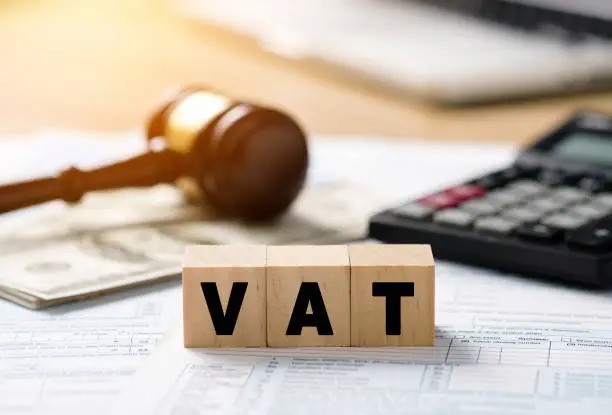If you’re doing business in Europe, getting a VAT number isn’t just a formality—it’s survival. Whether selling goods, offering services, or running an e-commerce empire, VAT registration lets you operate legally, reclaim taxes, and avoid trouble with tax authorities. It’s paperwork, bureaucracy, and red tape—but it’s necessary.

Your business passport
A VAT number is like your business passport in Europe. It tells governments, clients, and tax offices that you’re legit and playing by the rules. Without it, you might as well be a ghost—no invoices, no tax refunds, and no smooth business operations. Every EU country has its version, but they all serve the same purpose: tracking and taxing transactions. It’s annoying, sure, but it keeps the system running.
Who needs a VAT number
If you’re selling to customers in the EU, chances are you need a VAT number. Local businesses, freelancers, e-commerce sellers, and even non-EU companies must register if they hit a country’s VAT threshold. Ignoring this can lead to penalties, lost profits, and awkward calls from tax authorities. It’s like forgetting your alarm clock—it will catch up to you eventually.
How to register
Registering for a VAT number isn’t rocket science, but it’s an endurance test. First, you need to apply to the country where your business is based (or where you’re selling from). Forms, proof of business activity, and ID documents are required. Some countries process it quickly, others take weeks. Either way, patience and persistence are your best friends.
VAT thresholds
Every EU country sets its VAT threshold—hit it, and you must register. For most, it’s around €35,000 to €85,000 in sales. If you’re selling across borders, though, the EU’s magic number is €10,000. Pass that and boom—you need VAT registration. These thresholds aren’t just numbers; they’re the difference between smooth sailing and a tax compliance nightmare.
EU vs. Non-EU businesses
EU businesses register locally, but non-EU companies have extra hoops to jump through. They often need a local fiscal representative—basically, a tax babysitter. Selling digital services? The EU VAT OSS scheme simplifies things, letting you register once for the whole region. But physical goods? That’s a different story, with customs duties and VAT adding layers of complexity.
The VAT OSS scheme
The VAT One-Stop Shop (OSS) is a game-changer for online sellers. Instead of registering for VAT in every EU country where you sell, you do it once, report everything in one return, and pay in one go. It’s still paperwork, but way better than juggling 27 different tax systems. For e-commerce businesses, it’s the closest thing to a tax miracle.
Common VAT registration mistakes
Forgetting to register, using the wrong country, missing deadlines—these mistakes cost businesses thousands. Some register in the wrong country, others don’t realize they need a VAT number until it’s too late. The best way to avoid problems? Double-check thresholds, track sales, and, if needed, hire a tax expert. Trust us—tax fines aren’t fun.
VAT compliance
Getting a VAT number is just the beginning. Once registered, you must file VAT returns, charge the right rates, and keep immaculate records. Late filings? Penalties. Wrong calculations? Fines. It’s an ongoing responsibility, but with good bookkeeping and a solid accountant, you can stay ahead. Treat VAT compliance like gym workouts—annoying, but necessary for long-term success.
Conclusion
VAT registration in Europe is a bureaucratic headache, but ignoring it leads to bigger problems. Whether you’re a small seller or a global brand, playing by the VAT rules keeps your business running smoothly. Register, comply, and embrace the system—it’s not fun, but it’s the key to stress-free international business.
You may also find these articles helpful
VAT Number Registration in the UK
VAT number registration in Luxembourg- full guide
Guide on company registration in Europe



